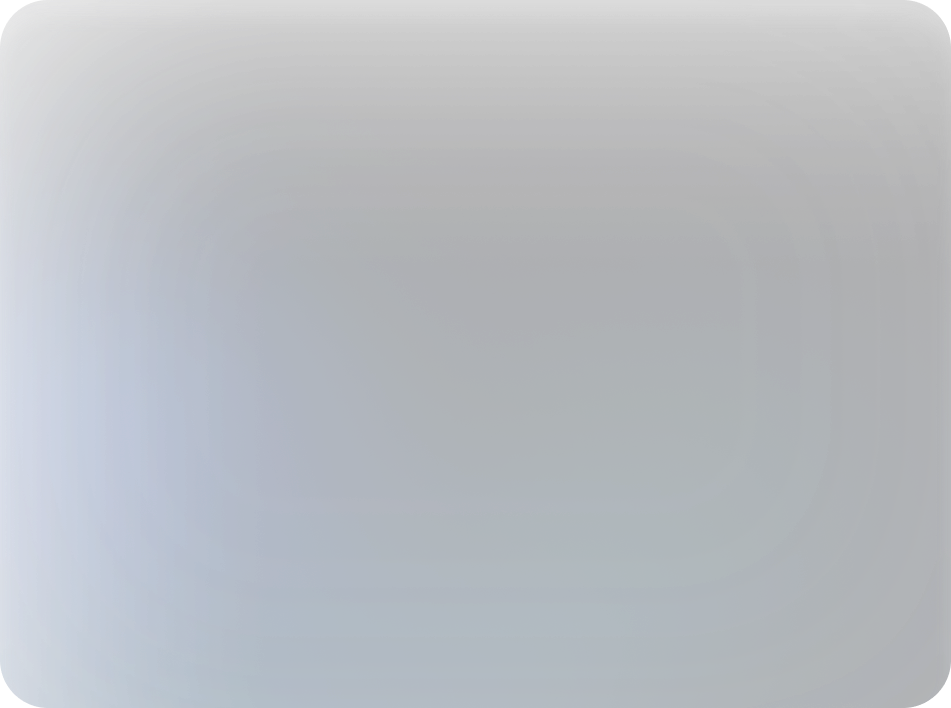
Rối bời vì thị trường? Hỏi Edgen Search ngay.
Nhận câu trả lời tức thì, thông tin thẳng thắn, và đưa ra quyết định giao dịch khiến chính bạn trong tương lai phải cảm ơn.
Thử Tìm kiếm Ngay
Đề xuất

Rối bời vì thị trường? Hỏi Edgen Search ngay.
Nhận câu trả lời tức thì, thông tin thẳng thắn, và đưa ra quyết định giao dịch khiến chính bạn trong tương lai phải cảm ơn.
Thử Tìm kiếm Ngay
